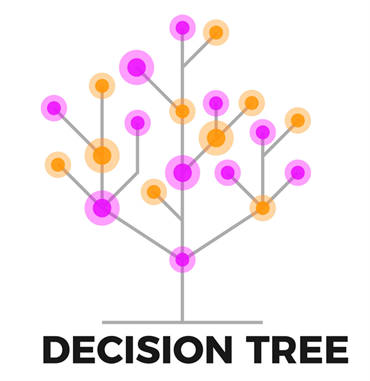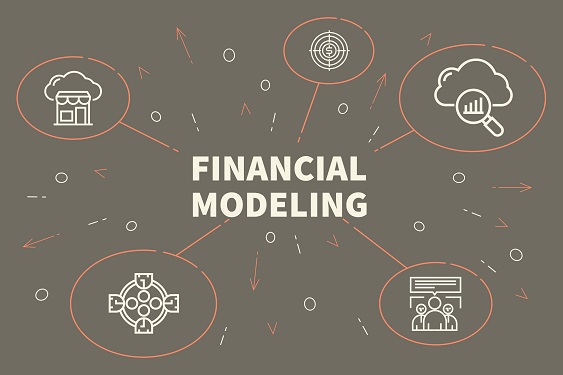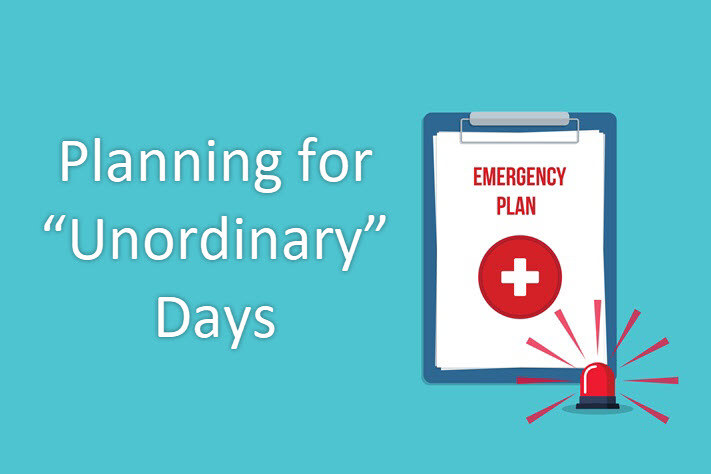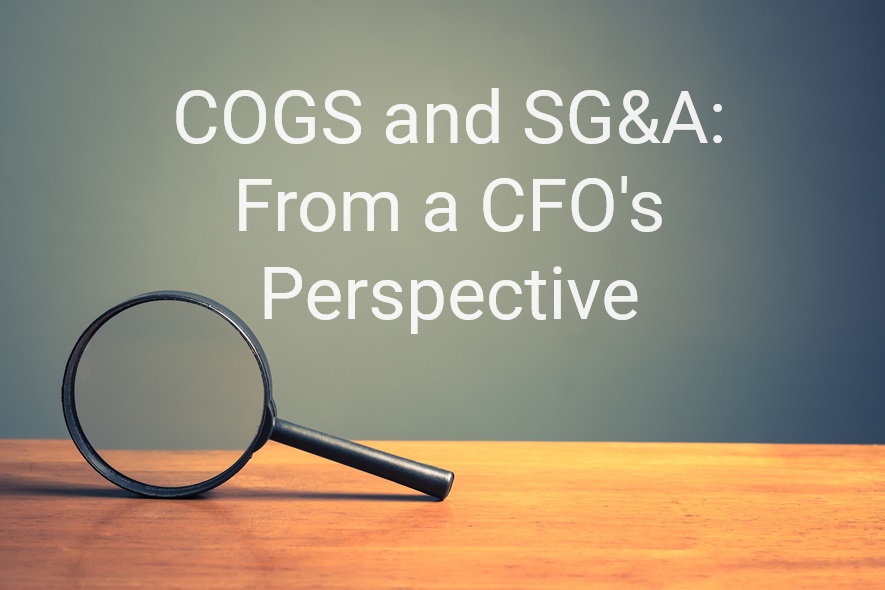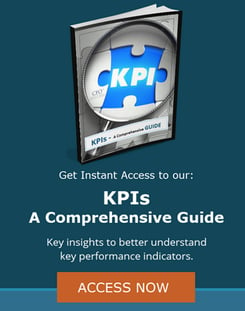At CFO Selections, we may work in numbers… but we’re in the business of people. Because behind every financial report is a person making hard decisions, and behind every engagement is a human-to-human connection. In this series, we’re shining a light on those stories — introducing the consultants who guide our clients forward and the leaders who bring those numbers to life.
When Connection Is the Strategy
Ask Rebecca Alderfer what she loves most about her role, and she doesn’t mention policy (even after two decades working at the intersection of strategy, social impact, and public policy). What lights her up is connection, forging new partnerships, linking strategies across silos, and aligning people around shared goals.
“It’s really that chessboard,” Rebecca says. “How can we all support each other? Where can we leverage resources and opportunities that already exist? How do we grow the platform together, so that everyone benefits?”
That mindset has defined her career from the White House to the frontlines of maternal health in Colorado. As CEO of the Colorado Perinatal Care Quality Collaborative (CPCQC), she’s no longer advising from the sidelines. She’s leading the charge, helping the organization grow from a startup into a statewide force for improving maternal and infant health.



